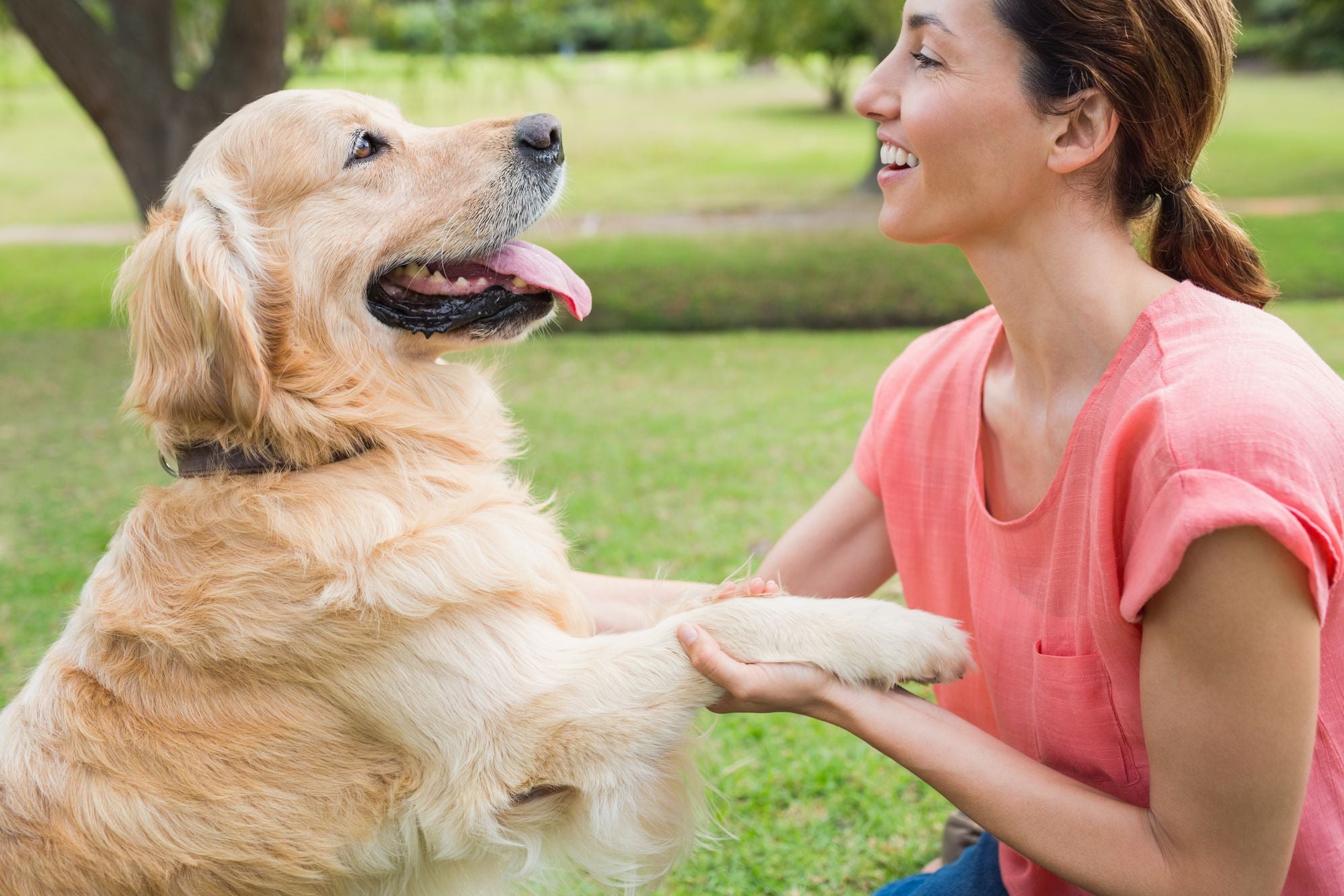
Unlocking Canine Potential: Exploring The Different Types Of Dog Training
Selecting the right types of dog training is crucial for every dog owner. It can shape not only your dog's behavior but also the relationship you share. Whether you're a first-time owner or a seasoned trainer, understanding different training methods is essential. For those interested in pairing their training with the perfect leather dog collar, let's delve into the types of dog training and find the best fit for your canine companion.
Positive Reinforcement Training
Positive reinforcement is the most widely endorsed training method among dog trainers and behaviorists. This approach involves rewarding the behavior you want to encourage, such as with treats, praise, or playtime. The key is to offer the reward immediately after the desired behavior to reinforce the connection. It’s effective and kind and helps to foster a positive relationship with your pet.
Clicker Training
Clicker training is one of the forms of positive reinforcement for your canine. It got its name from the use of a clicker device during the training. This makes a sound to signify that the dog performs the behavior expected of it. The clicker sound is followed by a reward, which helps the dog associate the sound with positive outcomes. This method provides clear communication and is great for teaching complex commands and tricks.
Electronic Training
Electronic training is performed by using an electric collar which is responsible for delivering a vibration or shock at a distance through a remote control. This method is controversial and often debated due to concerns about its effects on a dog's well-being. It's generally used for training at a distance when a dog is not responding to other commands, but it should be used under the guidance of an experienced trainer to prevent misuse.
Dominance-based Training
Dominance-based training is built on the theory that dogs are pack animals and establish a social hierarchy that humans must top. Trainers using this method will teach owners to become the 'alpha' or 'pack leader.' This training style has been largely criticized and debunked by recent studies suggesting that dog behavior is not motivated purely by dominance.
Relationship-based Training
Relationship-based training focuses on building a mutually respectful and attentive relationship between the dog and its owner. It combines understanding your dog’s emotions and body language with positive reinforcement. This method is adaptable, considering the dog’s feelings and needs, and works towards a goal without forcing the dog to submit or using harsh corrections.



